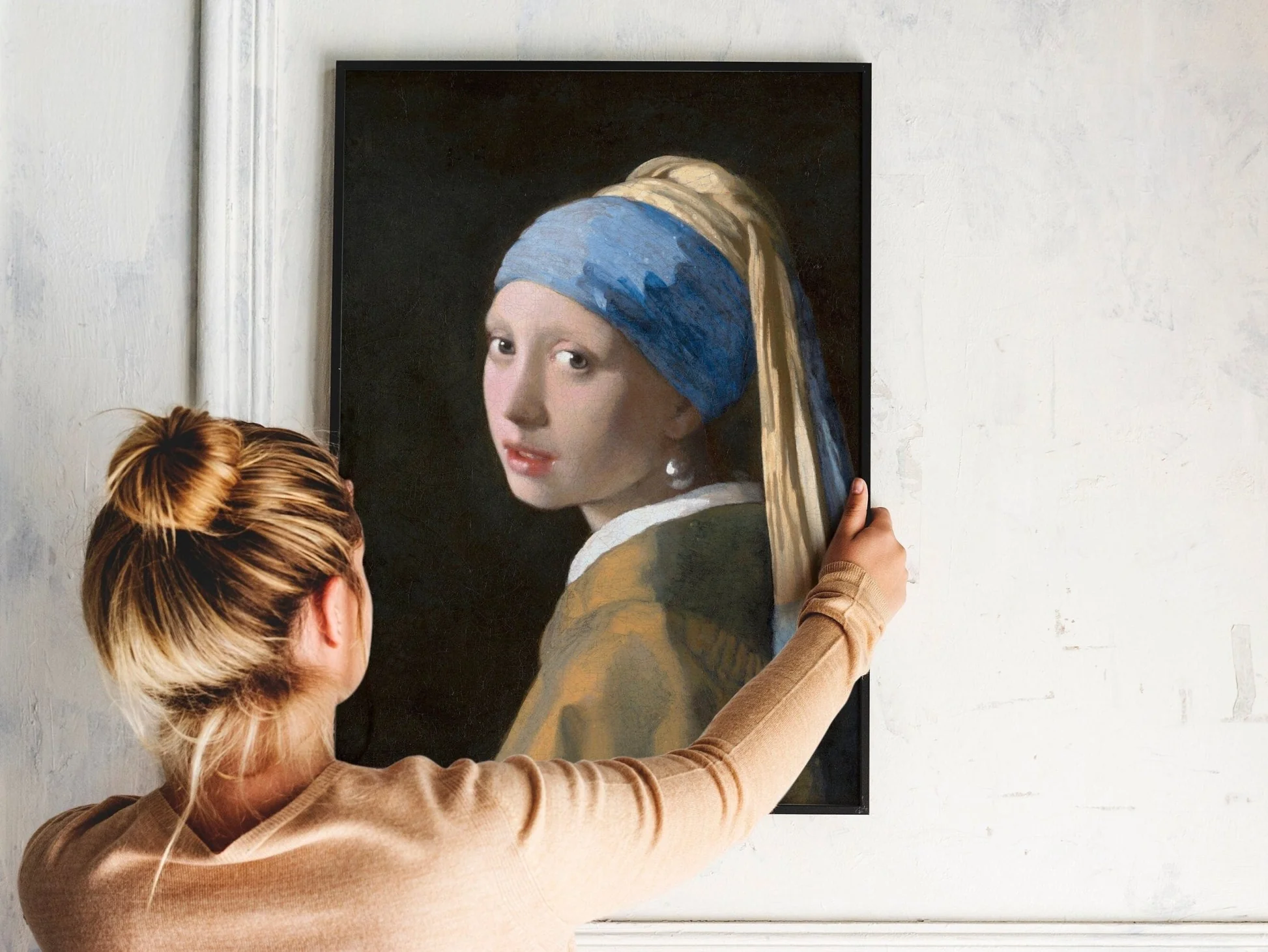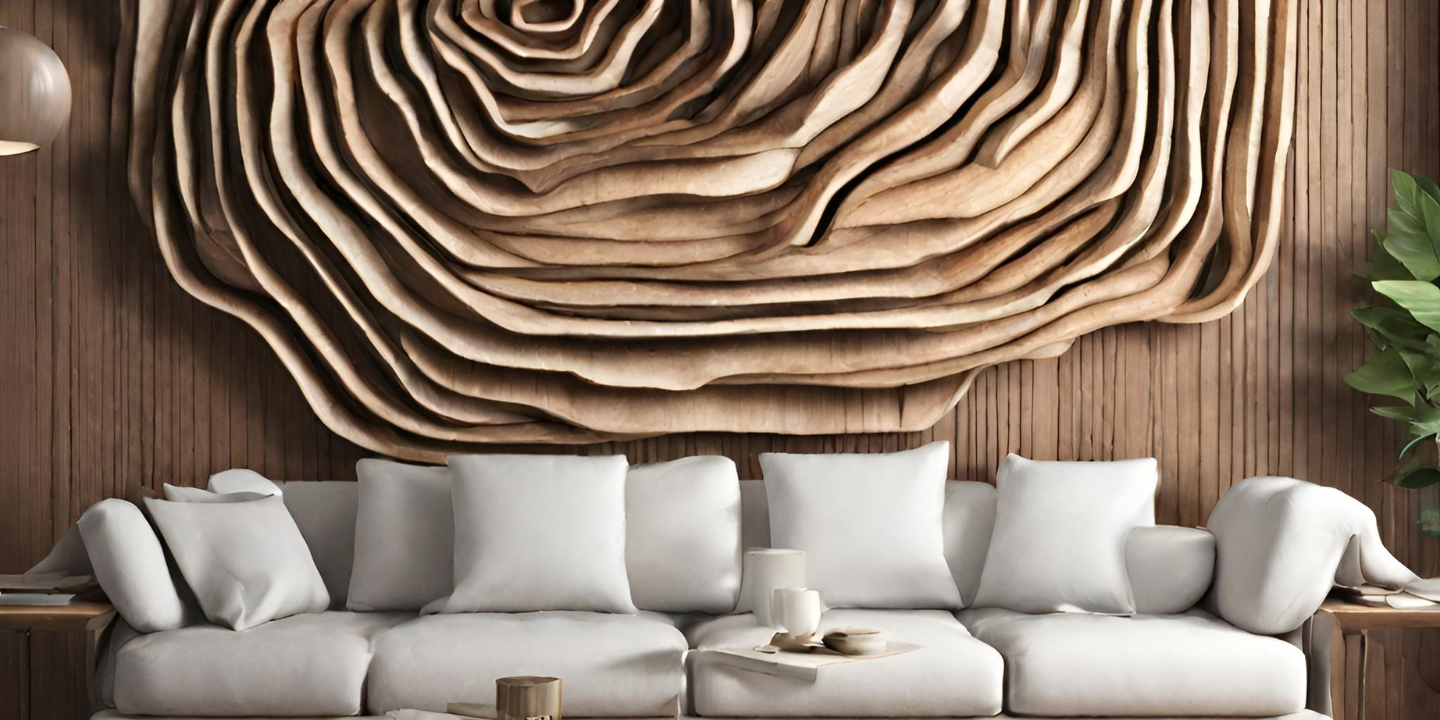Are you ready to take your painting skills to the next level? Mastering light and shadow can transform your artwork from ordinary to extraordinary.
Understanding how to manipulate these elements can add depth, emotion, and realism to your pieces. Imagine the satisfaction of creating stunning landscapes or lifelike portraits that captivate your audience. You’ll discover the techniques that professional artists use to bring their paintings to life.
Essential Tools
Painting light and shadow can enhance your artwork. It adds depth and emotion. To achieve this effect, you need the right tools. Essential tools help you create realistic light and shadow. This section covers the basic tools every artist should have.
Brushes
Brushes are crucial for painting light and shadow. They come in various shapes and sizes. Each type serves a different purpose. Here are some common types:
- Round Brushes: Great for detail work.
- Flat Brushes: Ideal for broad strokes and washes.
- Filbert Brushes: Versatile for blending and soft edges.
Paints
Choosing the right paint is important. Acrylic, oil, and watercolor each have unique properties. Consider the following:
| Type | Features |
|---|---|
| Acrylic | Quick drying, vibrant colors, easy to clean. |
| Oil | Long drying time, rich texture, deep colors. |
| Watercolor | Transparent, blends easily, portable. |
Pallets
A palette is essential for mixing colors. It allows you to see colors together. Choose between:
- Wooden Palettes: Durable and traditional.
- Plastic Palettes: Lightweight and easy to clean.
- Glass Palettes: Smooth surface, easy to mix.
Canvas Or Paper
The surface you paint on affects your work. Options include:
- Canvas: Good for texture and durability.
- Watercolor Paper: Best for wet media.
- Acrylic Paper: Designed for acrylic paints.
Lighting
Good lighting helps you see colors and shadows. Use natural light or lamps. Position them to create interesting shadows. This will improve your painting process.
Palette Knives
Palette knives are great for mixing paint and applying texture. They help create sharp lines and unique effects. Use them to define shadows and highlights.
Rags Or Paper Towels
Keep rags or paper towels nearby. They help clean brushes and fix mistakes. They are essential for maintaining your workspace.

Understanding Light
Light shapes how we see objects. It creates depth, mood, and emotion in art. By learning how light works, you can enhance your paintings and make them look more realistic. Knowing different types of light and their direction will improve your skills.
Types Of Light
There are several types of light that artists need to understand. Each type affects how objects appear. Here are the main types of light:
- Natural Light: This light comes from the sun. It changes throughout the day.
- Artificial Light: This includes light from lamps and bulbs. It stays constant.
- Soft Light: This light creates gentle shadows. It is diffused and produces a smooth look.
- Hard Light: This light creates sharp shadows. It is direct and intense.
Understanding these types helps you choose the right lighting for your artwork. Here’s a simple table showing their characteristics:
| Type of Light | Characteristics | Examples |
|---|---|---|
| Natural Light | Varies with time, creates warm tones | Sunrise, sunset |
| Artificial Light | Consistent, can be adjusted | LED, incandescent bulbs |
| Soft Light | Gentle shadows, smooth surfaces | Overcast days |
| Hard Light | Sharp shadows, high contrast | Noon sun |
By knowing these types, you can control the mood and feeling of your paintings.
Light Direction
The direction of light greatly influences how we see forms. It affects shadows and highlights. Understanding light direction will help you create more convincing depth.
Light can come from various angles:
- Front Lighting: Light comes from the front. It flattens the subject.
- Side Lighting: Light comes from the side. It creates strong shadows.
- Back Lighting: Light comes from behind. This adds a glow effect.
- Top Lighting: Light comes from above. It emphasizes texture.
Each direction creates different effects. Experimenting with these angles will improve your painting. Knowing light direction helps you depict shadows accurately and create dimension.
Color Theory Basics
Color theory helps artists mix colors and create depth in their work. It explains how colors interact and influence each other. Using color theory, you can enhance your paintings and make them more realistic.
Primary And Secondary Colors
Primary colors are the foundation of all other colors. They cannot be created by mixing other colors. The primary colors are:
- Red
- Blue
- Yellow
Secondary colors are made by mixing two primary colors. They are:
- Green (Blue + Yellow)
- Orange (Red + Yellow)
- Purple (Red + Blue)
Here’s a simple table that shows the relationship between primary and secondary colors:
| Primary Color | Mixed With | Secondary Color |
|---|---|---|
| Red | Blue | Purple |
| Red | Yellow | Orange |
| Blue | Yellow | Green |
Understanding these colors helps you create a balanced palette. Use primary and secondary colors to bring life to your paintings. Mixing colors can lead to beautiful shades and tones.
Warm Vs. Cool Colors
Colors are often classified as warm or cool. Warm colors include reds, oranges, and yellows. They evoke feelings of warmth and energy. Cool colors include blues, greens, and purples. These colors create a calm and peaceful mood.
Warm colors can make objects appear closer. They grab attention and can increase feelings of excitement. Use them for highlights and areas you want to emphasize.
Cool colors can make objects seem farther away. They help create depth and shadow in your paintings. Use cool colors to create a sense of distance and tranquility.
Here’s a quick list of warm and cool colors:
- Warm Colors:
- Red
- Orange
- Yellow
- Cool Colors:
- Blue
- Green
- Purple
Using warm and cool colors effectively adds depth to your artwork. Experiment with these colors to see how they affect light and shadow.
Creating Shadows
Understanding how to paint shadows can elevate your art. It brings light and form together. This section explores the types of shadows and their placement.
Types Of Shadows
Shadows can vary in style and appearance. Understanding the different types helps in painting them accurately. Here are the main types of shadows:
- Cast Shadows: These shadows are created when an object blocks light. They form on the surface where the light cannot reach.
- Form Shadows: These shadows appear on the object itself. They show the curves and contours of the object due to light falling on it.
- Core Shadows: This type is the darkest part of the form shadow. It shows the deepest area where light does not reach.
- Reflected Shadows: These shadows occur when light bounces off nearby surfaces. They are lighter and softer than cast shadows.
Here’s a table summarizing the types of shadows:
| Type of Shadow | Description |
|---|---|
| Cast Shadows | Shadows created by an object blocking light. |
| Form Shadows | Shadows on the object itself indicating its shape. |
| Core Shadows | Darkest area of a form shadow. |
| Reflected Shadows | Shadows created by light bouncing off nearby surfaces. |
Each type plays a role in making your painting more realistic. Knowing these types helps you observe and replicate them in your art.
Shadow Placement
Proper shadow placement is key to creating realistic paintings. Shadows must align with your light source. Here are some tips for effective shadow placement:
- Identify the Light Source: Determine where the light is coming from. This helps in knowing where the shadows should fall.
- Observe Real Life: Look at objects around you. Notice how light creates shadows. Pay attention to their angles and lengths.
- Use Reference Photos: Take pictures of scenes with strong light and shadow contrasts. Study how shadows form and place them accordingly.
- Consider the Ground Plane: Shadows may stretch or shrink based on the angle of the light. Keep this in mind to adjust their length.
Here’s a simple checklist for shadow placement:
- Identify the direction of light.
- Decide on shadow type (cast or form).
- Place shadows opposite the light source.
- Adjust shadow length based on light angle.
Correct shadow placement enhances depth. It brings focus to your artwork. Practice these techniques to improve your skills.
Techniques For Painting Light
This section will explore two key techniques: layering paint and blending techniques. Both methods help capture the essence of light in your art.
Layering Paint
Layering paint is a powerful technique for depicting light. This method involves applying multiple layers of paint. Each layer adds depth and dimension. Here are some important steps:
- Start with a base layer. Use a lighter color for highlights.
- Allow the first layer to dry completely.
- Apply a second layer with a slightly darker shade.
- Continue adding layers until you achieve the desired effect.
Consider the following tips:
- Use thin layers. Thick paint can lose its transparency.
- Experiment with colors. Different shades can create unique effects.
- Use a variety of brushes. Different brushes create different textures.
Here is a simple table showing paint layering steps:
| Step | Description |
|---|---|
| 1 | Apply the base layer with light color. |
| 2 | Let it dry completely. |
| 3 | Add darker shades to create depth. |
| 4 | Finish with highlights for a glowing effect. |
Layering paint helps create realistic highlights and shadows. This technique enhances the overall impact of your artwork.
Blending Techniques
Blending techniques are vital for smooth transitions between light and shadow. Proper blending creates a soft, realistic look. Here are some effective methods:
- Use a dry brush to gently blend colors together.
- Try a wet-on-wet technique. This involves applying wet paint onto wet paint.
- Use a palette knife for sharp edges and detailed blending.
Consider these tips for successful blending:
- Work quickly. Wet paint blends better.
- Keep brushes clean. Dirty brushes can muddy colors.
- Practice on scrap paper. This builds confidence.
Here is a simple table showing blending techniques:
| Technique | Description |
|---|---|
| Dry Brush | Use a dry brush to softly merge colors. |
| Wet-on-Wet | Apply wet paint to wet paint for smooth blends. |
| Palette Knife | Create sharp edges and detail with a knife. |
Blending techniques enhance the illusion of light in your paintings. Practice these methods to improve your skills.
Common Mistakes
Understanding these common mistakes helps improve your skills. Let’s explore some pitfalls to avoid, ensuring your paintings shine with depth and realism.
Overusing White
One of the biggest mistakes in painting light is overusing white. Many artists think that adding more white creates brighter highlights. But this can wash out colors and make a painting look flat. Here are some key points to remember:
- White can dull colors and lose vibrancy.
- Use colors to create light instead of just white.
- Mix white with other colors for softer highlights.
Instead of using pure white, try these techniques:
- Mix white with a small amount of yellow for a warm highlight.
- Use pale versions of your main colors for softer light.
- Apply glazes for a luminous effect without harsh white.
Here’s a quick comparison:
| Technique | Effect |
|---|---|
| Pure White | Flattens colors |
| Mixed White | Enhances depth |
| Glazing | Adds warmth |
Remember, balance is key. Use white sparingly to keep your work vibrant and alive.
Neglecting Background
The background is just as important as the main subject. Many artists ignore it, leading to unbalanced paintings. A well-thought-out background enhances depth and context. Here’s why you shouldn’t neglect it:
- A strong background frames the subject.
- It sets the mood of the painting.
- A cohesive background connects elements in the artwork.
Consider these tips for painting backgrounds:
- Use muted colors that complement the main subject.
- Apply softer brush strokes to create a sense of distance.
- Incorporate light and shadow in the background for depth.
Look at how background colors can impact the overall piece:
| Background Color | Effect on Subject |
|---|---|
| Light Blue | Creates calmness |
| Dark Gray | Enhances brightness |
| Warm Earth Tones | Adds warmth |
Always consider how the background interacts with your subject. This will elevate your painting.




